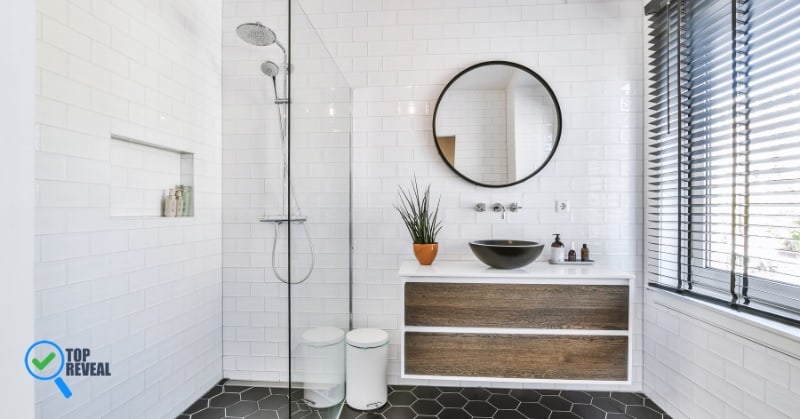A child’s room is always conjured with colors. When you think of creating a room for your child, you think you will add plenty of colors to it. You envision adding colorful toys with music, mobiles hanging from the ceiling, and books your child will read all day long. Today, at least one in a hundred children is autistic. This is the case all around the world. For autistic children, the room’s color does not matter, but the functionality of things that matter surround them.
The decor and aesthetics come later when you are decorating the room of an autistic child. Autistic children have special needs, and while they think everyone else is their enemy, they feel safe at home. Being a parent of an autistic child, you must be careful with decorating their room. You want to create a space for them that feels like their cocoon where they can relax and feel safe. The room’s aura must be relaxing, calming, and soothing. Being calm and collected will help them navigate through their emotions.
Decorate your child’s room:
Although decorating a room for your autistic child can be a little challenging. Here are some tips for creating the perfect space for your child. The decoration can be done using peel-and-stick wallpaper or items you know your child is comfortable with. Follow these tips to make room for your child their haven.
• Space demarcation: Children who are suffering from autism need to feel secure in the space that they are in. When they enter their room, they need to feel like this is the space where they can unwind. You can decorate their room by dedicating different corners for different things. Studying, sleeping, playing, and learning can have separate corners so your child is familiar with what they should do and where. You need to act smart while demarcating these spaces. The bed needs to be away from natural light so your child can get good sleep, while corners for playing and enjoyment can be near the window with natural light.
• Control light: Autistic children are often triggered by harsh light, which can lead to panic attacks or meltdowns. Lighting can hurt a child’s sensory system. Try not to use white light in their room because as these lights start to get old, they can flash, making an autistic child experience headaches or worse seizures. Instead, invest in yellow lights that are easy on the eyes and have a soothing effect on them. Adults are also advised to use yellow lights in their rooms.
• Colors: Colors can relax a child’s mood. Instead of opting for less diverse paint, opt for peel-and-stick wallpaper that you can use in any corner or space of the room. Removable blue, purple, and green peel-and-stick wallpaper has a soothing effect on the brain. If you ever feel like your child is tired of the wallpaper, you can simply remove it and replace it with a new one. You can find many shades of grey to incorporate into the room. Avoid using patterns like lines and polka dots, which can distract your child.
Designing a room for a child with autism is difficult, but if you struggle to find ideas, follow these instructions to create the perfect space for your child. If you keep your child’s needs in mind, they will love the space you have created.
